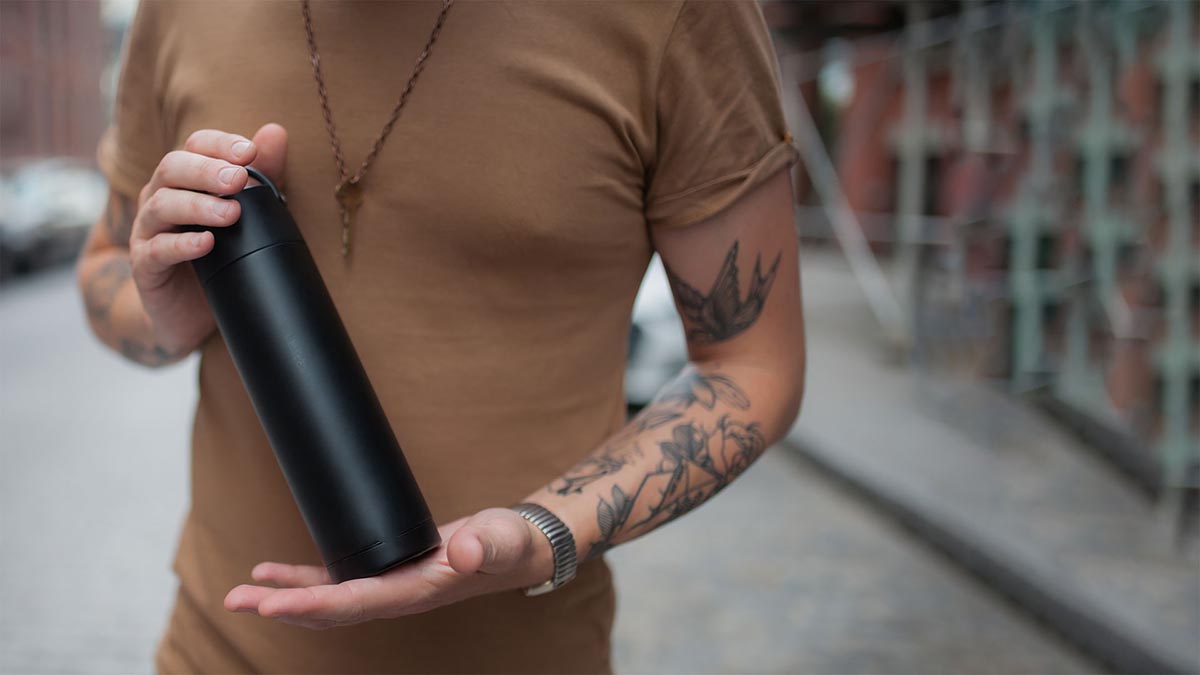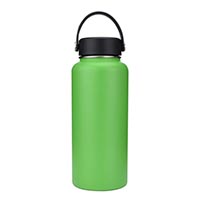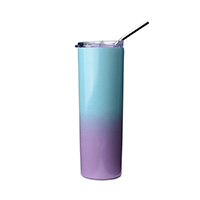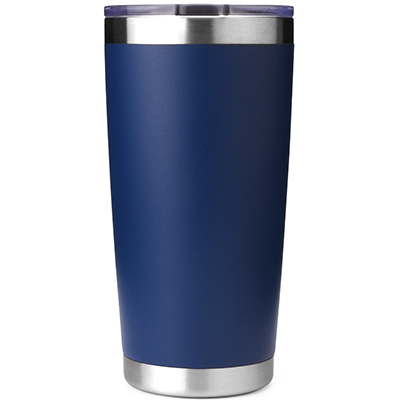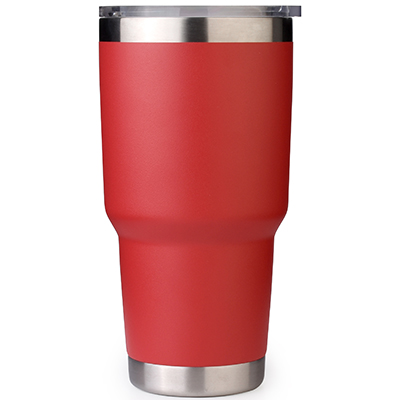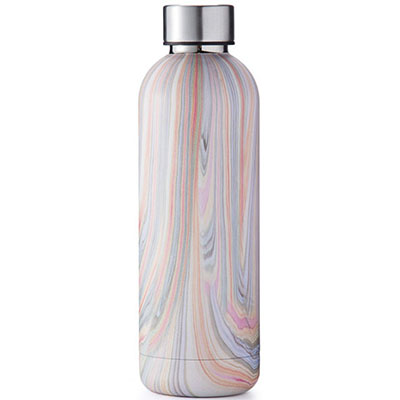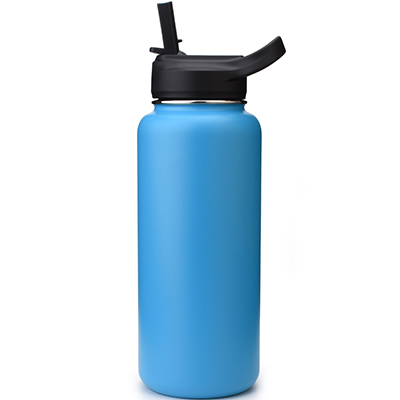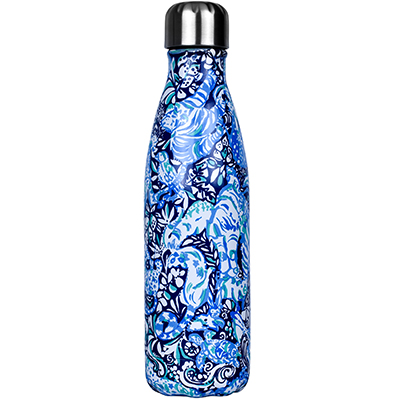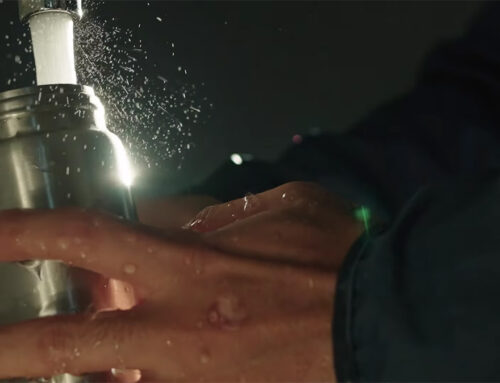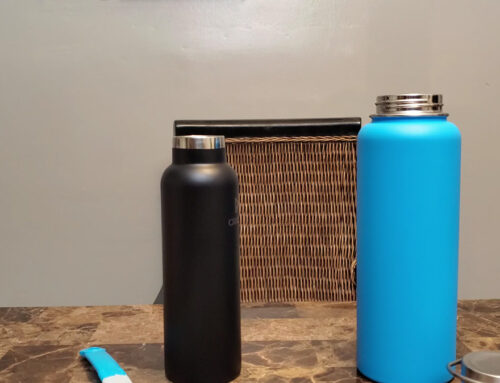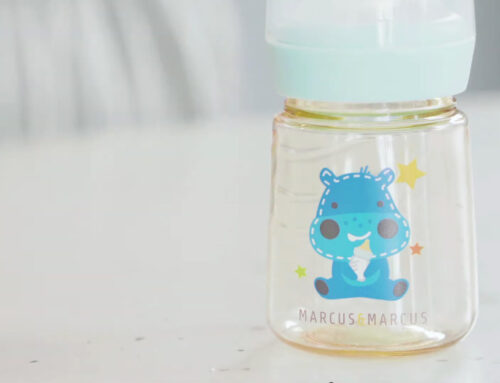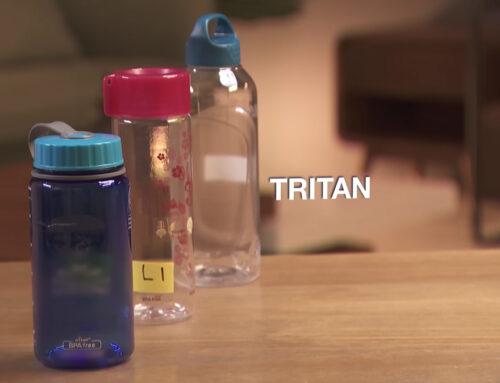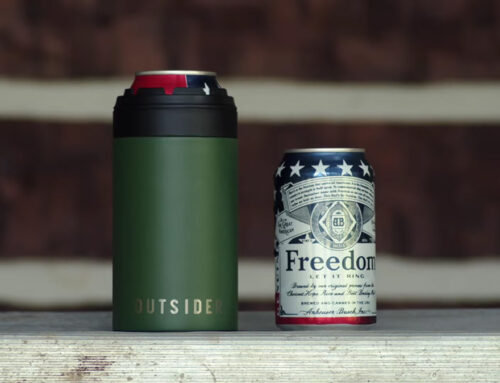Contents
- 1. What factors should I consider when selecting a drink bottle size?
- 2. What are the advantages and disadvantages of different sizes of drink bottles?
- 2.1 How about small drink bottles?
- 2.2 How about medium-sized drink bottles?
- 2.3 How about large-sizeddrink bottles?
- 3. What size drink bottle is recommended?
- 4. Are there any connections between the materials and sizes for drink bottles?
- 5. What drink bottle size is most popular in the market?
Staying hydrated is essential for maintaining a healthy lifestyle, and having a reliable drink bottle by your side is a convenient way to ensure you have access to water or your preferred beverage wherever you go. However, with the plethora of options available in the market, choosing the right size drink bottle can sometimes feel like a daunting task. As a leading wholesale water bottle manufacturer, we often get questions: should I opt for a small, portable bottle or a larger one that can keep you hydrated for longer periods? The answer varies from person to person. In this guide, we will explore the different factors to consider when selecting the ideal size drink bottle that perfectly suits your needs. Whether you’re an avid hiker, a fitness enthusiast, or simply someone who wants to stay hydrated throughout the day, understanding the various bottle sizes and their advantages will help you make an informed decision.
1. What factors should I consider when selecting a drink bottle size?
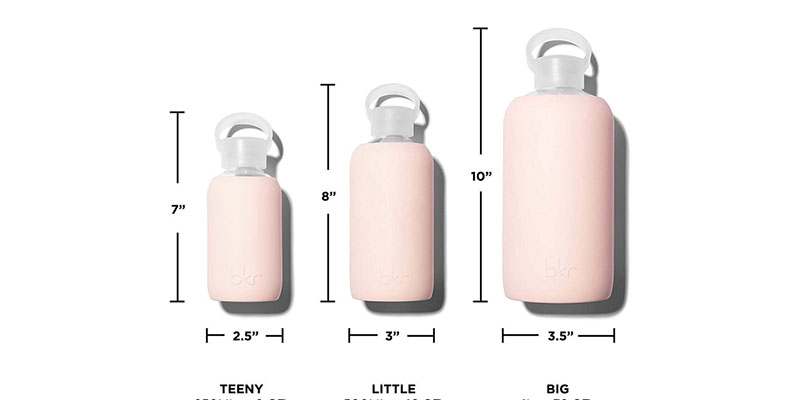
When selecting a drink bottle size, there are several factors you should consider to ensure it suits your daily routine.
- Daily routine and lifestyle: Consider how often you will be using the drink bottle throughout the day. If you have a busy schedule and don’t have many opportunities to refill your bottle, a larger size might be more suitable. On the other hand, if you have a more flexible routine and can easily access water sources for refilling, a smaller bottle may be sufficient.
- Activity level and duration: Think about your physical activities and how long they typically last. If you engage in intense workouts or prolonged outdoor activities that result in significant fluid loss, a larger bottle would be beneficial to ensure an adequate water supply. For shorter activities or less strenuous exercises, a smaller bottle might be more convenient.
- Climate and environmental conditions: Take into account the climate of your location and the environmental conditions you usually encounter. In hot and humid climates, or during summer months, you may need to consume more fluids to stay hydrated, so a larger bottle could be advantageous. Similarly, if you frequently visit places with limited access to water sources, a larger bottle can help ensure you have enough to drink throughout the day.
- Personal preferences: Consider your personal preferences regarding the weight and size of the bottle. Some people prefer lightweight and compact bottles that are easy to carry, while others may prioritize larger bottles for their capacity and durability. Additionally, think about the type of beverages you prefer. If you enjoy drinking larger quantities of water, a bigger bottle would be more suitable. However, if you prefer smaller, more frequent sips, a smaller bottle might be preferable.
It’s important to note that you can always have multiple bottle sizes to accommodate different situations. For instance, you may opt for a larger bottle during outdoor activities or when you know you’ll be away from a water source for an extended period. Meanwhile, a smaller bottle can be handy for everyday use or when you want a more portable option.
2. What are the advantages and disadvantages of different sizes of drink bottles?
For your better decision for a right size of drink bottle, we’ll divide different wholesale drink bottles into small, medium and large size, discussing them respectively in the following part:
2.1 How about small drink bottles – 6~18 oz?
| Advantages | Disdvantages |
|---|---|
| Portability: Easy to carry while on the go. | Limited capacity: May not provide enough hydration for longer periods or intense activities. |
| Convenience: Comfortable to handle and hold, especially for individuals with small hands. | Frequent refilling: Small size necessitates more frequent refills compared to larger bottles. |
| Discreetness: Offers a discreet drinking experience in public or professional settings. | Limited customization: Smaller bottles may not accommodate certain features like filters or infusers. |
| Portion control: Facilitates portion control and moderation in beverage consumption. | Limited insulation: Smaller bottles may not retain temperature as effectively as larger insulated bottles. |
2.2 How about medium-sized drink bottles – 20~30 oz?
| Advantages | Disadvantages |
|---|---|
| Sufficient Capacity: Medium-sized drink bottles offer a larger capacity compared to small bottles, allowing you to carry more liquid. | Less Portability: Due to their larger size, medium-sized drink bottles may be less portable and may not fit in smaller bags or pockets as easily. |
| Versatility: Medium-sized bottles can accommodate various types of beverages, including water, juices, and sports drinks, providing versatility in your drink choices. | Heavier Weight: With the increased capacity, medium-sized drink bottles tend to be heavier, which may be a drawback if you’re looking for a lightweight option. |
| Longer Hydration Duration: The larger capacity allows you to stay hydrated for a longer duration before needing to refill the bottle. | Limited Space: Medium-sized bottles may take up more space in backpacks or other carrying bags, potentially reducing available space for other items. |
| Suitable for Multiple Uses: Medium-sized bottles are often used for both indoor and outdoor activities, such as workouts, hiking, or office use. | Less Compact: Compared to smaller bottles, medium-sized ones are generally less compact, which can be a disadvantage when storage space is limited. |
| Easier to Clean and Maintain: Medium-sized bottles typically have wider openings, making them easier to clean and maintain hygiene. | Not as Convenient for Quick Sips: Medium-sized bottles may not have the same convenience for quick sips on the go as smaller bottles or bottles with built-in straws. |
Insulated Metal Tumbler 20 oz
$2.15-$3.16
Insulated Tumbler 30 oz
$2.59-$3.90
Narrow Mouth Bottle 500ml
$3.22-$3.46
Wide Mouth Bottle 32oz
$3.98-$4.83
Cola Shaped Bottle 18 oz
$3.05-$3.26
2.3 How about large drink bottles – 32~48 oz?
| Advantages | Disadvantages |
|---|---|
| Increased capacity: Allow for carrying more liquid. | Bulkiness: Bulky and heavy, making them less portable. |
| Convenience: Refill your bottle less frequently, saving you time and effort, particularly in situations where refilling stations are not readily available. | Limited Portability: Large drink bottles may not fit easily into cup holders, backpack pockets, or smaller bags. |
| Hydration Support: Useful for individuals who have high fluid intake requirements or engage in physically demanding activities. | Increased Cost: Large-sized drink bottles tend to be more expensive than smaller alternatives. This higher cost can be a deterrent for individuals on a tight budget. |
3. What size drink bottle is recommended?
The recommended size of a drink bottle can vary depending on different situations. It’s important to consider your personal preferences and specific circumstances when choosing the size of a drink bottle. Here we’d like to show you common situations as follows:
- Everyday Hydration: For everyday hydration needs, a small to medium-sized drink bottle is often sufficient. A small-sized bottle, typically ranging from 8 to 16 ounces (236 to 473 milliliters), is convenient for carrying to work, school, or running errands. It fits easily into bags or cup holders and is suitable for shorter periods away from a water source.
- Outdoor Activities: When engaging in outdoor activities such as hiking, biking, or camping, a medium-sized drink bottle is often recommended. These bottles typically range from 16 to 24 ounces (473 to 710 milliliters). They provide a bit more volume to keep you hydrated during physical exertion or prolonged outdoor adventures. The medium size strikes a balance between portability and capacity, ensuring you have enough water without excessive weight or bulk.
- Extended Outings: For extended outings where access to water may be limited for longer periods, a larger-sized drink bottle becomes more advantageous. Large-sized bottles, generally above 24 ounces (710 milliliters), offer increased capacity, ensuring you have an ample supply of water to stay hydrated throughout the day. This is particularly important in situations like long hikes, road trips, or travel to areas with limited water sources. However, keep in mind that larger bottles can be heavier and bulkier, so consider your comfort and portability needs.
4. Are there any connections between the materials and sizes for drink bottles?
The choice of material for drink bottles can indeed influence the selection of bottle sizes. Factors such as weight, portability, durability, and insulation properties associated with different materials can impact the practicality and suitability of certain sizes. For instance, lightweight plastic bottles are often preferred for smaller sizes due to their portability, while materials like glass or stainless steel, with their increased durability and insulation capabilities, may be more suitable for larger sizes.
5. What drink bottle size is most popular in the market?
The most popular drink bottle size in the market can vary depending on factors such as location, consumer preferences, and trends. However, in many regions, the 16 ounces size is commonly found and considered a popular choice. This size strikes a balance between portability and capacity, making it suitable for various purposes, including hydration on the go. Additionally, larger sizes, such as 1 liter (34 ounces), are also widely popular, particularly for sharing or longer-lasting hydration. It’s important to note that the popularity of specific sizes may fluctuate over time due to changing consumer demands and market trends.

